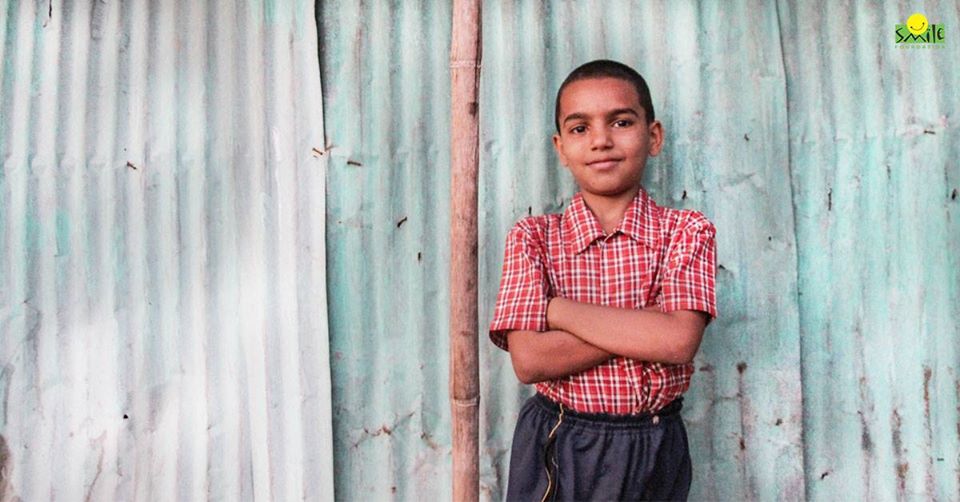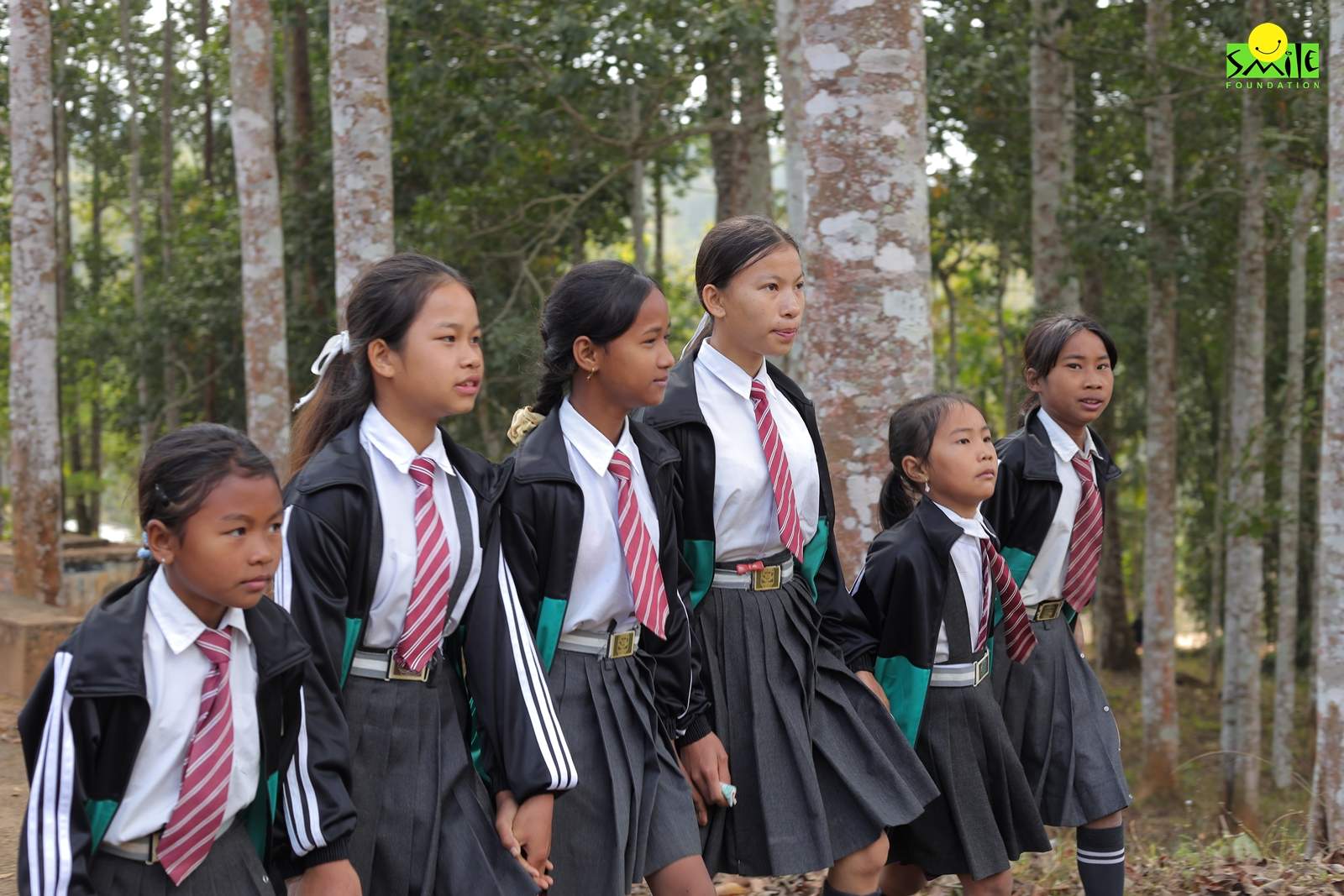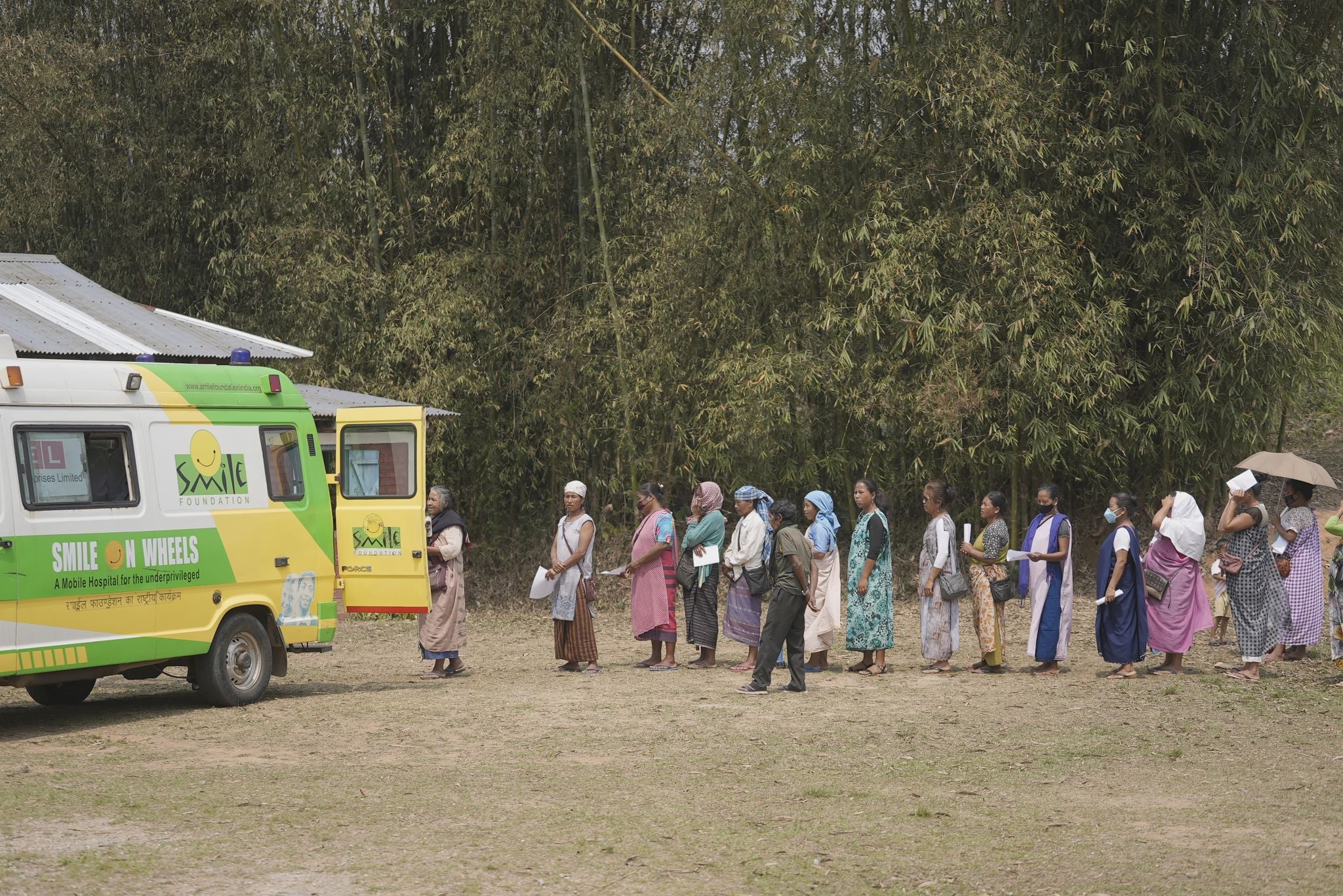The pervasive exploitation of children in the form of child labour exists, decades after affirmative policies are well in place. Defined as the employment of children under the age of 14 in any occupation or process, child labour ensnares the most vulnerable. Driven by economic hardship, conflict, displacement and myriad other factors, children are forced into labour roles that deprive them of their childhood, their education and all their possible future prospects.
Child labour manifests in both organised and unorganised sectors, spanning from factories and mines to rag picking and domestic work. Across industries such as agriculture, manufacturing, construction and domestic work, millions of children are subjected to exploitative labour practices, often forced into work due to poverty, lack of access to education or societal norms. These children are denied the opportunity to play, learn and develop essential skills, feeding a cycle of poverty and deprivation.
In India alone, over 1.01 crore children between the ages of five and fourteen are engaged in various forms of labour, with certain regions bearing a disproportionate burden of this injustice. While legislative measures exist to protect children from exploitation, the persistence of child labour underscores the urgent need for comprehensive action and systemic change.
Indeed, children are not only victims of circumstance- they are the future architects of our society. Recognising this, the Constitution of India mandates a protective framework to safeguard their rights and ensure their holistic development. From fundamental rights prohibiting hazardous employment for children to directive principles emphasising their well-being and freedom from exploitation, the legal foundation exists to combat child labour and uphold the dignity of every child.
The Practice of Child Labour: A Grave Injustice
From hazardous working conditions to the denial of education and basic rights, child labour robs children of their innocence and compromises their physical, mental and emotional well-being.
The consequences of child labour extend far beyond the immediate impact on the children involved, affecting families, communities and societies as a whole. Children engaged in labour are deprived of education, perpetuating a cycle of illiteracy and limited opportunities for socio-economic advancement. This lack of education not only undermines individual potential but also impedes the overall development of societies, hindering progress towards sustainable development goals.
Moreover, child labour perpetuates poverty by suppressing wages, perpetuating a cycle of intergenerational poverty that traps families in a cycle of deprivation. Children forced into work are often unable to break free from the cycle of poverty, perpetuating systemic inequalities and hindering efforts to achieve social justice and economic equality.
The Moral Imperative to Act
In the face of this grave injustice, there exists a moral imperative to take decisive action to eradicate child labour and uphold the rights and dignity of every child. It is incumbent upon governments, civil society organisations, businesses and individuals to work together to address the root causes of child labour and create a world where every child can thrive.
At the heart of this moral imperative lies the recognition of children as rights-holders, entitled to protection, care and opportunities for growth and development. Upholding the rights of the children requires concerted efforts to address the underlying drivers of child labour, including poverty, lack of access to education and inadequate social protection systems.
Furthermore, eradicating child labour necessitates the implementation and enforcement of robust legal frameworks and policies aimed at preventing child labour, protecting child rights and providing support and rehabilitation services for affected children and their families.
Education as a Pathway to Liberation
Education empowers children by providing them with the knowledge, skills and opportunities they need to break free from the cycle of poverty and exploitation. By attending school, children are exposed to new ideas, perspectives and possibilities, opening doors to a world of opportunities beyond the confines of child labour.
Furthermore, education instills in children a sense of agency and self-worth, enabling them to advocate for their rights, resist exploitation and pursue their aspirations. Through education, children learn about their rights and entitlements, equipping them with the tools they need to challenge unjust practices and demand better treatment.
Breaking the Cycle of Poverty
One of the most significant advantages of education is its potential to break the cycle of poverty that fuels child labour. By investing in education, societies can equip children with the skills and knowledge they need to secure gainful employment, lift themselves out of poverty and contribute to the economic development of their communities.
Moreover, educated individuals are better positioned to make informed choices about their futures, including whether or not to engage in exploitative labour practices. By providing children with access to quality education, societies can disrupt the intergenerational transmission of poverty and create pathways to social mobility and economic prosperity.
Education also plays a critical role in building resilience and empowering communities to combat child labour effectively. Educated communities are better equipped to identify and address its root causes, including poverty, lack of access to education and cultural norms that perpetuate exploitation.
Additionally, education fosters a culture of awareness, accountability and collective action, enabling communities to come together to advocate for the rights of children and implement strategies to prevent and address child labour. By promoting education as a fundamental human right and a key priority, communities have the choice to create environments where children are valued, protected and supported in realising their full potential.
Collective Action and Advocacy for Ending Child labour
Achieving a future free from child labour requires collective action and advocacy at all levels of society. Governments must prioritise investments in education, social protection and poverty alleviation programs to address the underlying causes of child labour and create enabling environments for children to thrive.
Civil society organisations like ours play a crucial role in raising awareness, advocating for policy change and providing support and services to children and families affected by it. By mobilising communities, engaging stakeholders and amplifying the voices of affected children, civil society organisations can drive positive change.
Businesses also have a responsibility to respect the rights of children. Thye have to ensure that their operations do not contribute to or perpetuate child labour. By adopting ethical business practices, promoting child-friendly workplaces and engaging with supply chain partners to prevent it, businesses can play a pivotal role in creating a child labour-free world.
Ultimately, the eradication of child labour requires a collective commitment to uphold the rights of children. We must address the root causes of exploitation and build a future where every child can realise their full potential. As individuals, we have a moral obligation to stand in solidarity with children and advocate for a world where childhood is protected, cherished and celebrated.
Let us join hands and strive to create a world where every child can grow up safe, healthy and happy.









